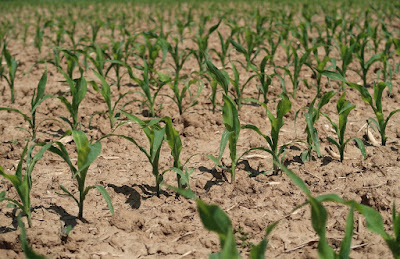Growing plants outside your hardiness zone is either difficult or impossible. If you live in Florida or other warm states, it is necessary to plant crops suited to warm climates. These plants can flourish despite the scorching heat or lack of water. Here are some examples of heat-tolerant plants with which you can fill your garden:
Egyptian Star Cluster
These flowers are also known as Pentas. They are tropical plants that can be found in some of the hottest climates on Earth including Africa, Arabia, and Madagascar. Unlike other flowers, they bloom the most when exposed to a full sun.
Cosmos
These are tall daisy-like flowers with showy annuals and vibrant colors. They are native to Mexico and can withstand heat, dry soil, and drought. Too much water and nutrients in the soil can make them weak-stemmed, so keep that in mind. They require very little maintenance but can brighten up your garden.
Hawaiian Blue Agetarum
Despite its name, the plant is originally from Mexico. Unlike other plants, this flower actually needs heat. When you plant its seeds, make sure the soil is warm. It also needs to be watered with warm water.
Reflexed Stonecrop
For a succulent plant, this can tolerate heat like no other. It’s a popular choice to use in rock gardens. Where other plants turn brown due to dryness, the reflexed stonecrop remains green and lush.
The EZ FLO Fertilizing systems were developed for homes, cities, gardens, parks, sports fields, resorts, and just about any form of growing and landscape. Since its founding in 1994, the company now has 13 patents on a unique and inexpensive injection process. Know more about the company and its products by visiting this website.
 |
Image source:
housebeautiful.com
|
These flowers are also known as Pentas. They are tropical plants that can be found in some of the hottest climates on Earth including Africa, Arabia, and Madagascar. Unlike other flowers, they bloom the most when exposed to a full sun.
Cosmos
These are tall daisy-like flowers with showy annuals and vibrant colors. They are native to Mexico and can withstand heat, dry soil, and drought. Too much water and nutrients in the soil can make them weak-stemmed, so keep that in mind. They require very little maintenance but can brighten up your garden.
 |
Image source:
housebeautiful.com
|
Hawaiian Blue Agetarum
Despite its name, the plant is originally from Mexico. Unlike other plants, this flower actually needs heat. When you plant its seeds, make sure the soil is warm. It also needs to be watered with warm water.
Reflexed Stonecrop
For a succulent plant, this can tolerate heat like no other. It’s a popular choice to use in rock gardens. Where other plants turn brown due to dryness, the reflexed stonecrop remains green and lush.
The EZ FLO Fertilizing systems were developed for homes, cities, gardens, parks, sports fields, resorts, and just about any form of growing and landscape. Since its founding in 1994, the company now has 13 patents on a unique and inexpensive injection process. Know more about the company and its products by visiting this website.











